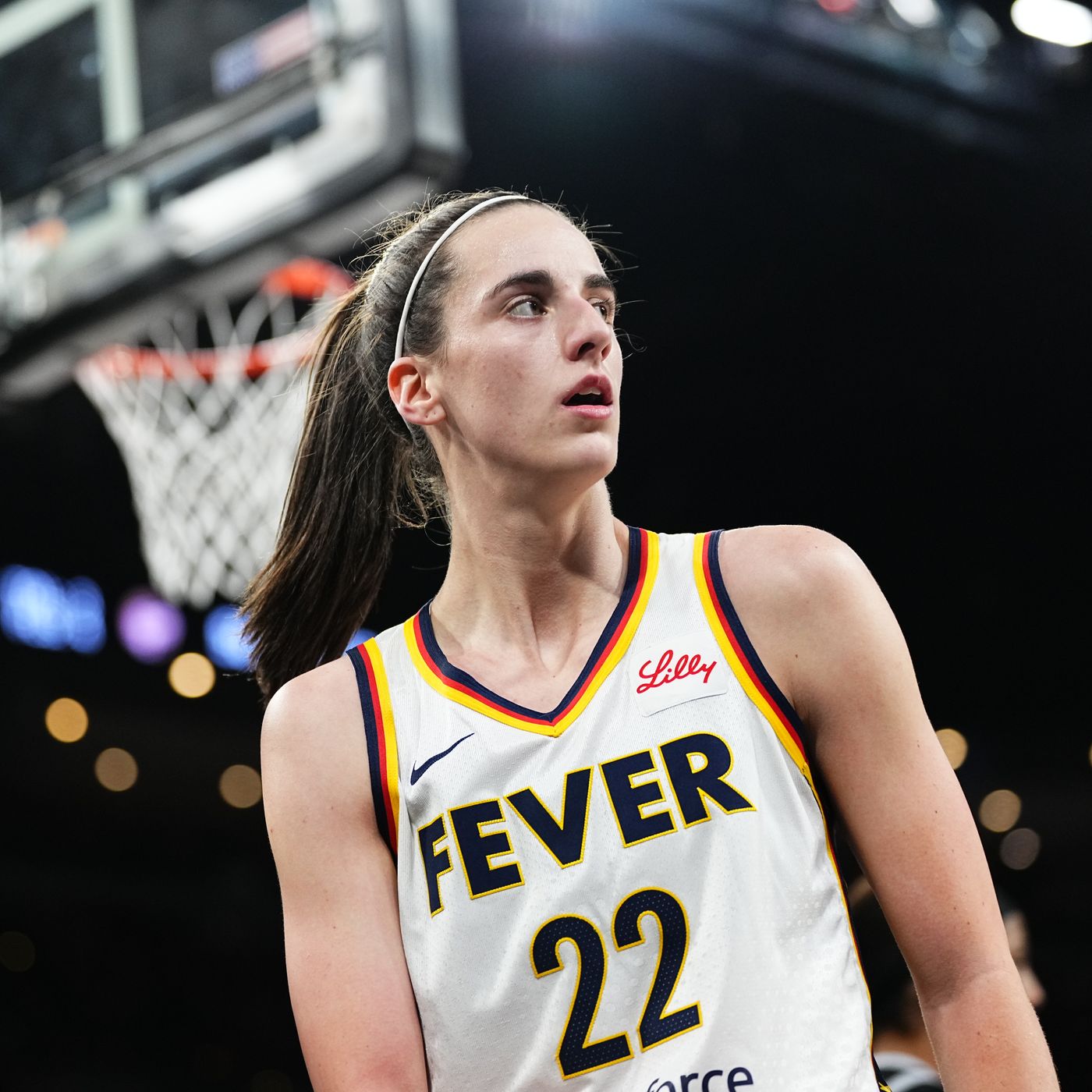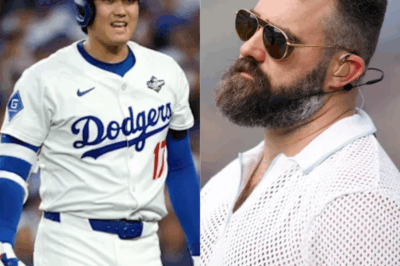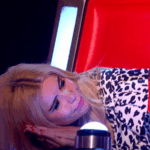Caitlin Clark’s INSANE Move Had Fans Screaming—Did She Just Break Basketball?!
In the world of sports, few moments capture the collective attention of fans, athletes, and commentators alike.
Yet, every so often, an incident occurs that not only sparks debate but also challenges the very foundation of the game. Such was the case with the now-infamous play involving Caitlin Clark, the Iowa Hawkeyes’ superstar, whose remarkable talent and competitive spirit have made her a household name in women’s basketball.
The play, described by many as “so controversial, it nearly broke the game,” has become a watershed moment in the sport—igniting discussions about rules, sportsmanship, and the future of basketball itself.
Setting the Stage: Who is Caitlin Clark?
To understand the gravity of the controversy, one must first appreciate the phenomenon that is Caitlin Clark.

Born in West Des Moines, Iowa, Clark quickly rose through the ranks of youth basketball, earning national recognition for her scoring prowess and court vision.
By the time she arrived at the University of Iowa, she was already a highly touted recruit, but few could have predicted the immediate and profound impact she would have on the collegiate game.
With a combination of deep shooting range, fearless drives to the basket, and a flair for the dramatic, Clark has redefined what it means to be a point guard in the modern era.
Her performances routinely draw comparisons to NBA greats, and her ability to dominate games has led the Hawkeyes to unprecedented heights.
But with greatness comes scrutiny, and Clark’s competitive edge has sometimes placed her at the center of heated debates.
The Build-Up: A Season of High Stakes
The 2023-2024 NCAA women’s basketball season was already one for the ages.
Attendance records were being shattered, television ratings soared, and the game’s popularity reached new heights.
At the heart of this renaissance was Caitlin Clark, whose highlight-reel plays and clutch performances made her must-watch television.
Every game felt like an event, with fans and analysts dissecting every move.
As the season progressed, the stakes grew higher.
The Hawkeyes, led by Clark, found themselves in the thick of the national championship race, squaring off against elite programs and future WNBA stars.
The intensity of the games was matched only by the passion of the fans, who packed arenas and flooded social media with commentary.

The Controversial Play: What Happened?
It was late in a pivotal game, with the Hawkeyes locked in a tight battle against a fierce rival.
With the score tied and the clock winding down, Caitlin Clark took possession of the ball.
What happened next would become one of the most talked-about moments in recent basketball history.
Clark, known for her deep shooting range, dribbled near half-court, surveying the defense.
With a defender closely guarding her, she executed a step-back move, creating just enough space to launch a three-pointer from well beyond the arc.
The ball sailed through the air and splashed through the net, sending the crowd into a frenzy.
But it wasn’t the shot itself that sparked controversy. As Clark celebrated, she turned toward the opposing bench and made a gesture—a taunt that some interpreted as unsportsmanlike.
The referees immediately conferred, ultimately issuing a technical foul. The opposing team was awarded free throws, and the momentum of the game shifted dramatically.
The Fallout: Immediate Reactions and Social Media Firestorm
Within seconds, the play was being replayed on television and dissected on social media.
Fans, analysts, and former players weighed in, with opinions sharply divided. Some argued that Clark’s gesture was a harmless display of emotion—a common sight in competitive sports.
Others saw it as a violation of sportsmanship, deserving of the technical foul and the consequences that followed.
Twitter, Instagram, and TikTok lit up with commentary.
Hashtags like #CaitlinClarkControversy and #LetThemPlay began trending, as supporters and critics made their voices heard.
Prominent figures in the basketball world, including coaches, players, and commentators, offered their takes, adding fuel to the fire.
The Debate: Sportsmanship vs. Emotion

At the heart of the controversy was a fundamental question: Where is the line between passion and poor sportsmanship?
Basketball, like all sports, thrives on emotion. Players feed off the energy of the crowd, the intensity of competition, and the thrill of big moments.
Celebrations and taunts are as old as the game itself, often serving to motivate teammates and intimidate opponents.
Yet, the rules are clear. Unsportsmanlike conduct—whether verbal or nonverbal—can result in technical fouls, penalties, and even ejections.
The intent is to maintain order and respect on the court, ensuring that the game is decided by skill rather than antics.
In Clark’s case, the debate centered on whether her gesture crossed the line. Was it a spontaneous expression of joy, or a calculated attempt to show up her opponents?
Did the referees overreact, or were they simply enforcing the rules as written?
Historical Context: Not the First, Nor the Last
To put the incident in perspective, it’s important to recognize that controversial plays are nothing new in basketball.
From Michael Jordan’s infamous “shrug” to Allen Iverson’s “step over” Tyronn Lue, the sport is filled with moments where emotion and showmanship collide.
Women’s basketball, too, has its share of iconic incidents.
From Diana Taurasi’s fiery competitiveness to Angel Reese’s much-discussed “You Can’t See Me” gesture in the 2023 NCAA Tournament, players have long pushed the boundaries of acceptable behavior.
What makes the Caitlin Clark play unique is the context. In an era where women’s sports are finally receiving the attention and respect they deserve, every moment is magnified.
The stakes are higher, the scrutiny more intense, and the impact of controversy more far-reaching.
The Aftermath: Impact on the Game and the Players
The immediate aftermath of the play was felt on the scoreboard, as the opposing team capitalized on the technical foul to seize control of the game.

The Hawkeyes, rattled by the turn of events, struggled to regain their composure. Ultimately, they fell short, and the loss was attributed by many to the controversial sequence.
But the impact extended far beyond a single game. Clark, already a polarizing figure, found herself at the center of a national conversation about the role of emotion in sports.
Interviews with coaches, teammates, and opponents revealed a range of perspectives, from staunch support to pointed criticism.
For Clark herself, the incident was both a learning experience and a rallying cry.
In post-game interviews, she acknowledged the fine line between passion and sportsmanship, expressing regret for any actions that may have been misinterpreted.
Yet, she also defended her right to play with emotion, arguing that the intensity she brings to the court is part of what makes her—and the game—special.
Media Coverage: A Story That Wouldn’t Die
The story refused to fade from the headlines.
Sports talk shows devoted entire segments to the controversy, with hosts debating the merits of the technical foul and the broader implications for women’s basketball.
National newspapers ran op-eds, while online publications published think pieces exploring the cultural significance of the moment.
For weeks, the play remained a topic of discussion, with each new development—be it a statement from the NCAA, a follow-up interview with Clark, or a similar incident in another game—reigniting the debate.
The controversy became a touchstone for larger conversations about gender, sportsmanship, and the evolution of basketball.
The NCAA’s Response: Rule Changes and Clarifications
In response to the uproar, the NCAA took the unusual step of reviewing the incident and issuing a statement clarifying the rules regarding unsportsmanlike conduct.
While stopping short of admitting error, the organization acknowledged the need for consistency in officiating and pledged to provide additional training for referees.
Some called for rule changes, arguing that the current guidelines are too vague and open to interpretation.
Others insisted that the rules are clear, and that enforcement is the issue. Regardless, the incident prompted a broader examination of how the game is officiated and the role of emotion in competition.
The Players’ Perspective: Walking the Line
For players, the controversy served as a cautionary tale. In interviews, athletes from across the country expressed empathy for Clark, noting that the line between celebration and taunting is often razor-thin.
Many argued that the passion displayed by players is a vital part of the game’s appeal, and that efforts to suppress emotion risk sanitizing the sport.
At the same time, there was recognition of the need for respect. Trash talk and gestures, when taken too far, can escalate tensions and lead to physical altercations.
For young athletes, the incident provided a valuable lesson in balancing competitive fire with sportsmanship.
The Fans’ View: Divided Loyalties
Among fans, opinions remained sharply divided. Supporters of Clark saw the incident as an overreaction by referees and a reflection of double standards in the treatment of women athletes.
Critics argued that rules are rules, and that Clark’s behavior warranted punishment.
The debate often mirrored broader societal divides, with discussions about gender, race, and the evolution of sports culture.
For many, the incident became a litmus test for how far the game has come—and how far it still has to go.
The Broader Impact: Women’s Basketball in the Spotlight
News
VIDEO: Police Release Heart-Wrenching 911 Audio Revealing Panic and Desperation During Marshawn Kneeland Incident — Girlfriend and Cowboys Players in a Frenzy to Save Him
VIDEO: Police Release Heart-Wrenching 911 Audio Revealing Panic and Desperation During Marshawn Kneeland Incident — Girlfriend and Cowboys Players in…
The loss of Cowboys defensive back Marshawn Kneeland has caused an explosive wave on social media: Heartbreaking final posts have been restored, shocking many.
The loss of Cowboys defensive back Marshawn Kneeland has caused an explosive wave on social media: Heartbreaking final posts have…
BREAKING: Marshawn Kneeland’s Tragic Demise. Police Reveal Shocking Details of Dallas Cowboys Star’s Final Moments
BREAKING: Marshawn Kneeland’s Tragic Demise. Police Reveal Shocking Details of Dallas Cowboys Star’s Final Moments In a heartbreaking turn of…
A Legacy Erased: The 2025 World Series Canceled Amid Unprecedented Corruption Scandal Involving Umpires and Dodgers Leadership
A Legacy Erased: The 2025 World Series Canceled Amid Unprecedented Corruption Scandal Involving Umpires and Dodgers Leadership In an astonishing…
Draymond Green’s Bold Criticism of Dak Prescott: An In-Depth Analysis of What Makes the Cowboys’ QB “A Bum”
Draymond Green’s Bold Criticism of Dak Prescott: An In-Depth Analysis of What Makes the Cowboys’ QB “A Bum” In the…
Jason Kelce just DROPPED THE HAMMER on the Dodgers with an unforgivable accusation. You won’t BELIEVE what he said about their “World Series.”
Jason Kelce just DROPPED THE HAMMER on the Dodgers with an unforgivable accusation. You won’t BELIEVE what he said about…
End of content
No more pages to load












